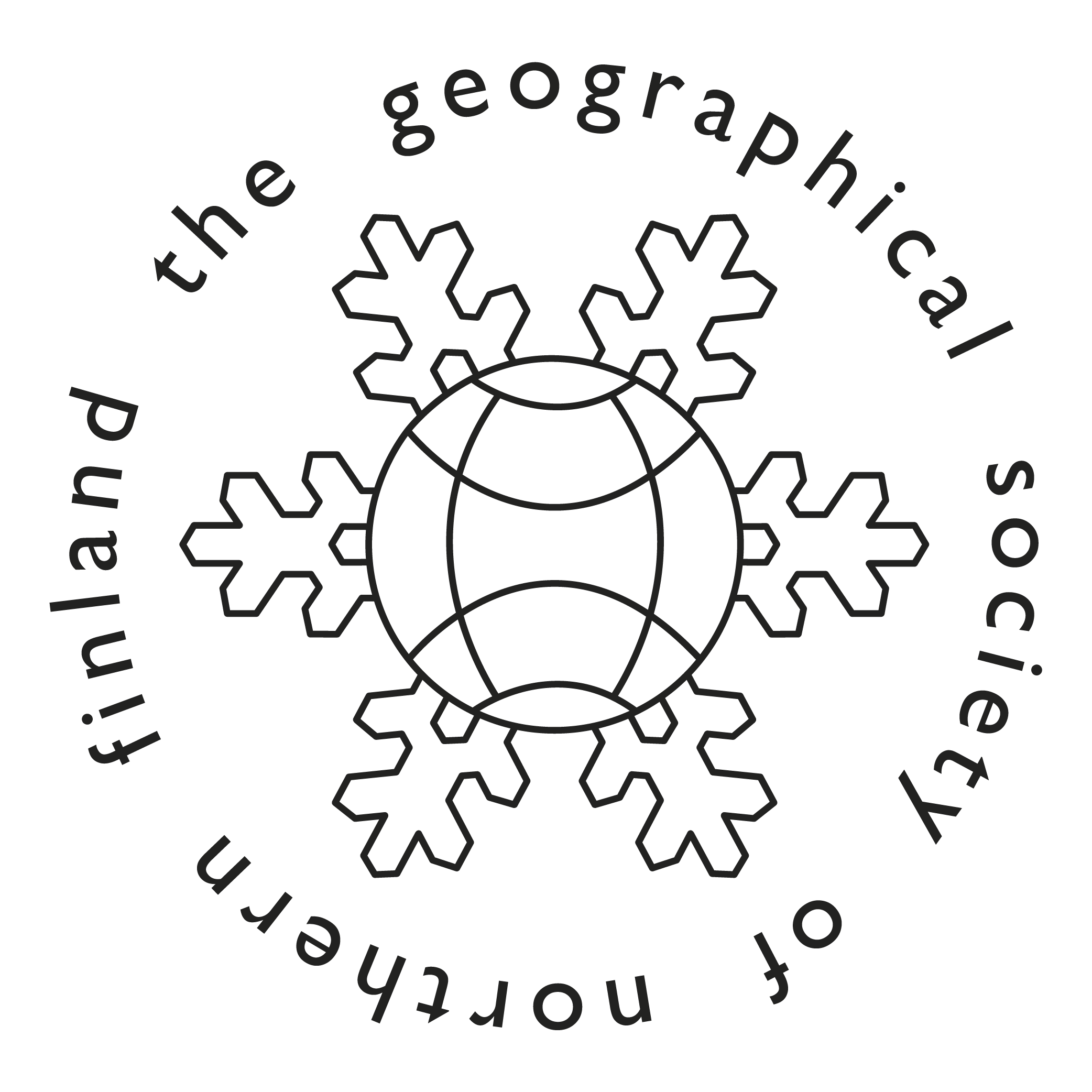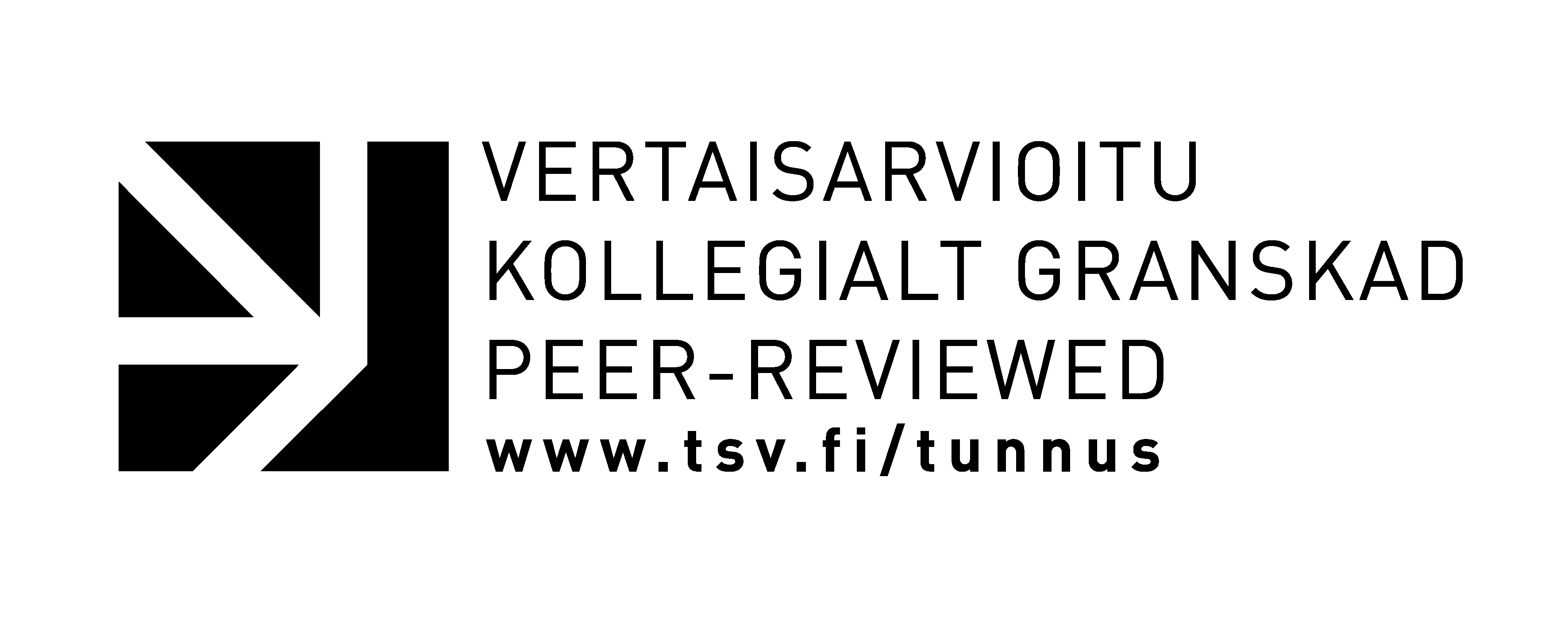Modelling the spatial variability of maximum mountain snow depth in Northern Norway
Abstrakti
Snow depth is highly variant in wind-dominant mountain environments. The variation is especially high at local scales. Winter maximum snow depth influences the ground temperatures and the beginning of the growing season. Statistical modelling provides a feasible and cost-effective method for the analysis and prediction of localscale snow depth variations. The focus of this study is to analyse the spatial variability of near-maximum snow depth at local scale. Moreover, a statistical model for estimating the near-maximum snow depth distribution is provided. The study area in Northern Norway, Tana municipality, is characterized with a mountain landscape. The elevation range of the area is 500 m and the study sites are located on the slopes of the Rásttigáisá and Geaidnogáisá mountains. The lowest parts consist of mountain birch forest and most of the area does not have vegetation above the snow surface. Snow depth observations were collected in mid-April 2015 in a one-week measurement campaign. Modelling was conducted with Generalized Additive Model (GAM) using GISbased terrain and vegetation surrogates. Upwind exposure to westerly winds and horizontal (plan) curvature measure were the most important explanatory variables in the analyses. The interaction of wind and topography defines the winter maximum snow depth in the study area. Terrain sheltering from westerly winds and concave topography show increases in snow depth. The impact of vegetation was only visible in the mountain birch forests which had relatively even snow depth. In open areas above the forest, snow depth was highly variable. Elevation and solar radiation, which have been commonly used in mountain snow depth models, did not indicate impact in this study area. The GAMs calibrated in this study approximate the near-average snow depth quite
well. Most of the sites with shallow or thick snow cover could not be predicted with the resolution, sample size and variables used in this research.







